Measurement setup and basics
Now it’s time to find out whether the low-priced device can do more than the price suggests, or whether it’s just a cheap firecracker. The test setup for headphone measurements is now final and the basis of course remains the well-known measurement microphone that has already proven itself for the in-ears. The suggestions for the realization I have found at Oratory and it does not hurt to visit there once. In general, to measure the transmission behavior of headphones, one uses so-called couplers with clearly defined volumes and fixed, cleanly calibrated measurement microphones.
The setup can be used just as well for plug-in headphones (in-ears) and small headphones (e.g. from hearing aids) as for simpler headphones and headsets as so-called on-ears (headphones with supraaural cushions). For such headphones (on-ear), the “artificial ear” according to IEC 318 is useful, which I have now followed with the implementation. In addition, the Creative AE-9 is used as a sound card, to which not only the measurement microphone is connected with low enough noise, but also the control of the headphones, as long as this is possible via analog jack. USB solutions in headsets I use, as in this case, of course, in the original.
The thick over-ears, i.e. circumaural or ear-enclosing headphones, are not easy to handle when it comes to measurement and, above all, reproducibility. This is precisely why there are no truly standardized couplers yet. The reasons for this are due to difficulties in measurement technology and the many influencing factors that make reliable reproducibility almost impossible. Therefore, such circumaural headphones are mainly measured with appropriately modified couplers for supraaural headphones by using an additional flat plate as a support for the circumaural cushion (see picture above).
Important clue: The Harman curve
The so-called Harman curve is an (optimal) sound signature that most people prefer in their headphones. It is thus an accurate representation of how, for example, high-quality loudspeakers sound in an ideal room, and it shows the target frequency response of perfectly sounding headphones. Thus, it also explains which levels should be boosted and which should be attenuated based on this curve. This also explains the term “bathtub tuning”, which is often quoted, but in which the Harman curve is completely overused and exaggerated.
For this reason, the Harman curve (also called the “Harman target”) is one of the best frequency response standards for enjoying music with headphones, because compared to the flat frequency response (neutral curve), the bass and treble are slightly boosted in the Harman curve. This “curve” was created and published in 2012 by a team of scientists led by sound engineer Sean Olive. At the time, the research also included extensive blind tests with different people testing different headphones. Based on what they then liked (or disliked), the researchers found and defined the most universally popular sound signature.
Headphone tuning can be really problematic because of the human anatomy. Everyone has a slightly different pinna and ear canal, which affects how individuals perceive certain frequencies. In extreme cases, there is a few dB difference from person to person, which then explains the small differences in some measurements with artificial ears. Furthermore, if the sound is not absorbed, it is additionally reflected by other surfaces. Theoretically, a torso could also be included in the test setup, but that would be far too time-consuming.
Frequency response
Now let’s move on to the measurement, where I connect the headset to the measurement PC via a soldered USB dongle and only the measurement microphone directly to the Creative Sound Blaster AE-9. The output impedance and power of the power amplifier in the dongle can of course neither be measured nor named, because for that you would have to completely destroy the taped part. Let’s just get to the trace, and for everyone’s reference, the dark trace is the optimal Harman target.
You can see the only very slightly pronounced bathtub very nicely in the curve, but it weakens a bit in the bass from about 40 Hz. It’s at least good that Edifier didn’t even try to electronically add more fat via DSP, because that would have probably overtaxed the small sound chip. The level stability is still okay, but there are no more reserves. What you can like, however, are the pronounced lower mids, which produces quite a warm sound. A bit of 250 Hz “cardboard sound” is also back in the mix, but that doesn’t even bother here because it seamlessly brings the rather neutral upper bass closer to the more dominant mids. Above 1 KHz, the Harman curve is reasonably approached again, with some of the dents coming from the driver. More on this in a moment in the decay diagrams.
It is also interesting that the drivers still play loss-free up to 10 KHz and only then collapse. This is completely sufficient for gaming, only for music playback it is of little use when listening to lossless master records. Normal MP3s sound as usual, so everything still fits perfectly here considering the price.
Cumulative spectra (CSD, SFT, Burst)
The cumulative spectrum refers to various types of graphs showing time-frequency characteristics of the signal. They are generated by sequentially applying the Fourier transform and appropriate windows to overlapping signal blocks. These analyses are based on the frequency response diagram already shown above, but additionally contain the element of time and now show very clearly as a 3D graphic (“waterfall”) how the frequency response develops over time after the input signal has been stopped. Colloquially, such a thing is also called “fading out” or “swinging out”. Normally, the driver should also stop as soon as possible after the input signal is removed. However, some frequencies (or even whole frequency ranges) will always decay slowly(er) and then continue to appear in this diagram as longer lasting frequencies on the time axis. From this, you can easily see where the driver has glaring weaknesses, perhaps even particularly “clangs” or where resonances occur in the worst case and could disturb the overall picture.
Cumulative Spectral Decay (CSD)
Cumulative spectral decay (CSD) uses the FFT and a modified rectangular window to analyze the spectral decay of the impulse response. It is mainly used to analyze the driver response. The CSD typically uses only a small FFT block shift (2-10 samples) to better visualize resonances throughout the frequency range, making it a useful tool for detecting resonances of the transducer. The picture shows very nicely the transient response and a few bass resonances. The diaphragm also resonates a bit below 200 Hz. Lousy, highly compressed MP3 files or lousy YouTube streams are somewhat crystallized by the peaks in the high-frequency range and hardly anything comes from about 10 KHz.
Short-Time Fourier Transform (STF)
The Short-Time Fourier Transform (STF) uses the FFT and Hanning window to analyze the time-varying spectrum of the recorded signals. Here, one generally uses a larger block shift (1/4 to 1/2 of the FFT length) to analyze a larger part of the time-varying signal spectrum, especially approaching application areas such as speech and music. In the STF spectrum we can now also see very nicely the work of the drivers, which afford various weaknesses in some frequency ranges. This “dragging” at the lower frequencies below 250 Hz is then repeated and at about 2.5 to 3 kHz and then there is also the teeny tiny 10 kHz whip in the super high frequency.
Burst Decay
In the CSD, the plot is generated in the time domain (ms), while the burst decay plot used here is represented in periods (cycles). And while both methods have their advantages and disadvantages (or limitations), it’s fair to say that plotting in periods may well be more useful for determining the decay of a driver with a wide bandwidth. And that’s where Edifier’s GS2 II performs even better than Corsair’s much more expensive HS 65! We see a quite even excursion and a few small whips around 3 to 4 kHz and in the later course then again such a peak between approx. 9 and 11 kHz. However, the somewhat advancing treble is also nothing that is subjectively perceived as a real negative. The bass is, as in subjective listening, quite differentiated and anything but muddy.
Interim summary
For this price point, this is already very solid cinema. Of course, this is not enough for the acoustic block buster in real hi-fi, but there are also great B-movies that are quite convincing. And please always keep in mind: From 26 Euros (during promotions) and under 40 Euros normal street price, you get acoustics that some 50 to 75-Euro-headsets would probably like to have.
Microphone check and a life hack
Enclosed is the obligatory short microphone test, which actually only reveals positive things. The gooseneck does what it should and fits even with my quite large head also still from the positioning. The omni-directional (spherical) characteristic unfortunately also captures room noise, but I have a nice life hack for that.
If you take off the pop shield, you can see a small opening for the sound in the front and back. The capsule sits slightly below the center of the casing and catches pretty much everything that whirs through the room. But that can be changed! We leave the hole open on the glossy side and close that on the matte side with some tape. Afterwards, carefully slide the pop shield back on and note or mark where the front is.
 Thus, you almost achieve cardioid characteristics and it does not even become muffled. Incidentally, the microphone is quite sensitive. But more about that now in the sound check.
Thus, you almost achieve cardioid characteristics and it does not even become muffled. Incidentally, the microphone is quite sensitive. But more about that now in the sound check.
Edifier G2 II
The microphone offers a very decent speech quality and surpasses the volume of many more expensive headsets even without the Mic Boost. The Mic Boost is completely unnecessary here and only massively increases the microphone’s background noise, which otherwise cannot be perceived at all. Chapeau! In comparison, the t.bone now offers a larger dynamic range, but also captures the room atmosphere more and even adds a bit more noise:
The t.bone SC450USB
The Edifier G2 II thus cuts quite a fine figure, which the people in Teamspeak and Zoom were happy to attest to.















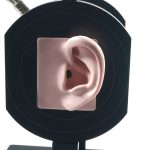
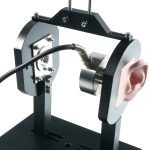
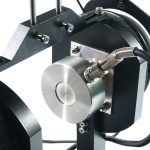
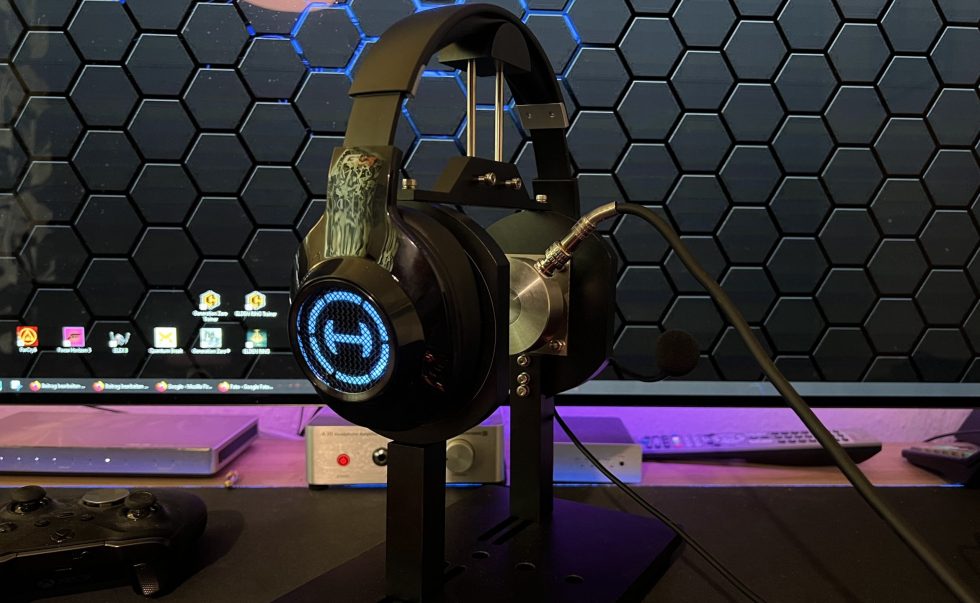
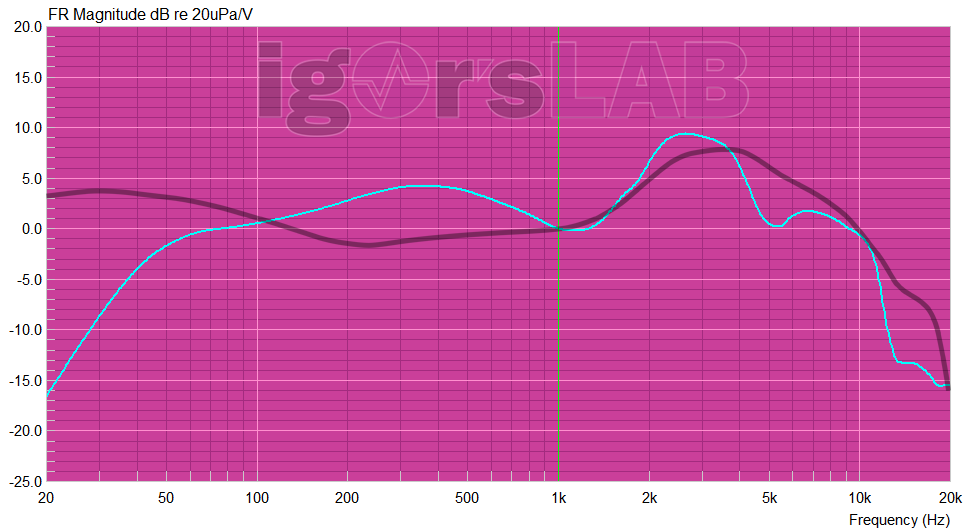
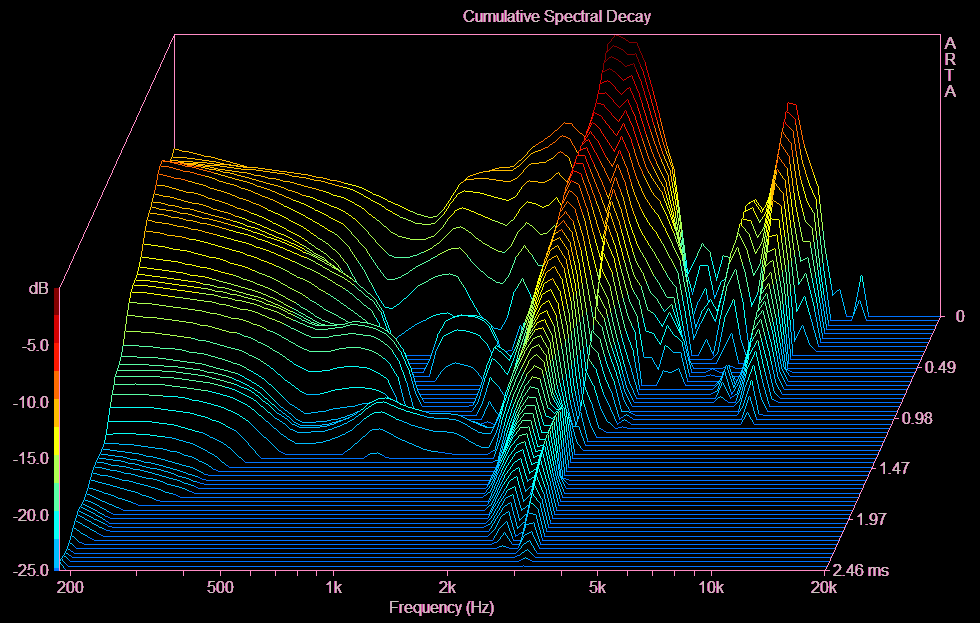
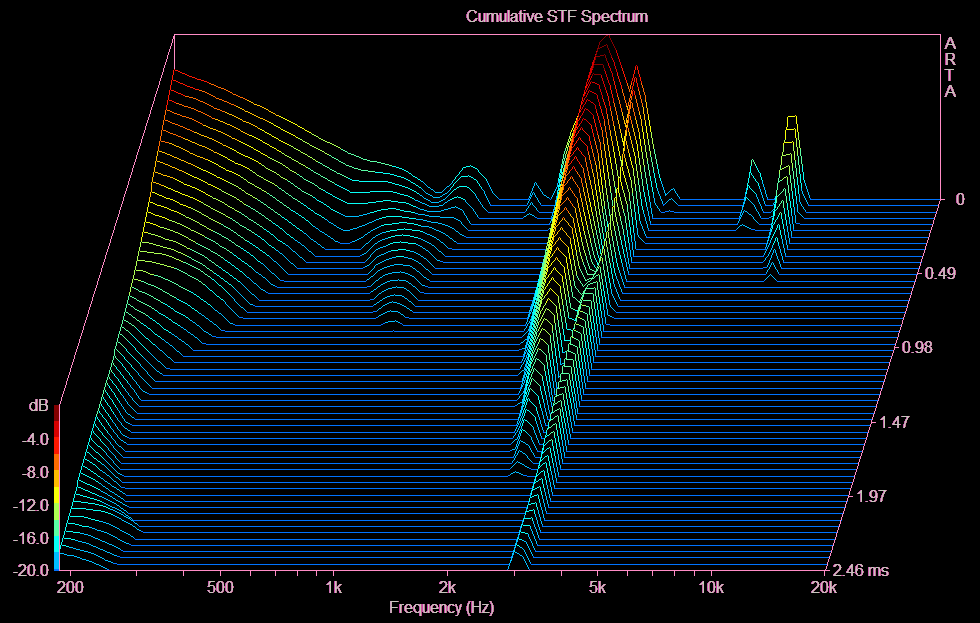
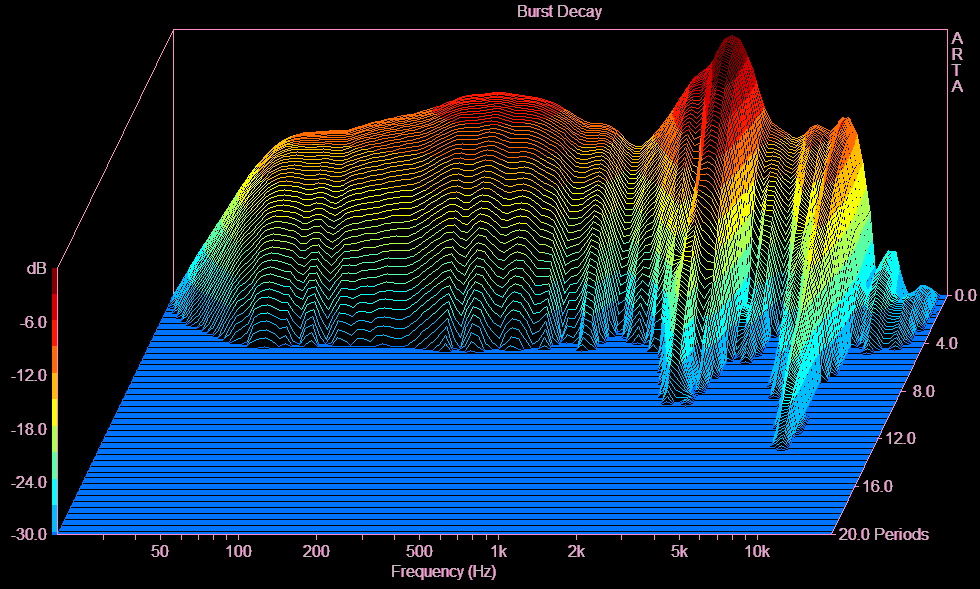



















22 Antworten
Kommentar
Lade neue Kommentare
Veteran
1
Mitglied
Urgestein
1
Mitglied
Urgestein
Mitglied
1
Mitglied
1
Mitglied
1
Mitglied
Urgestein
1
Urgestein
1
Alle Kommentare lesen unter igor´sLAB Community →